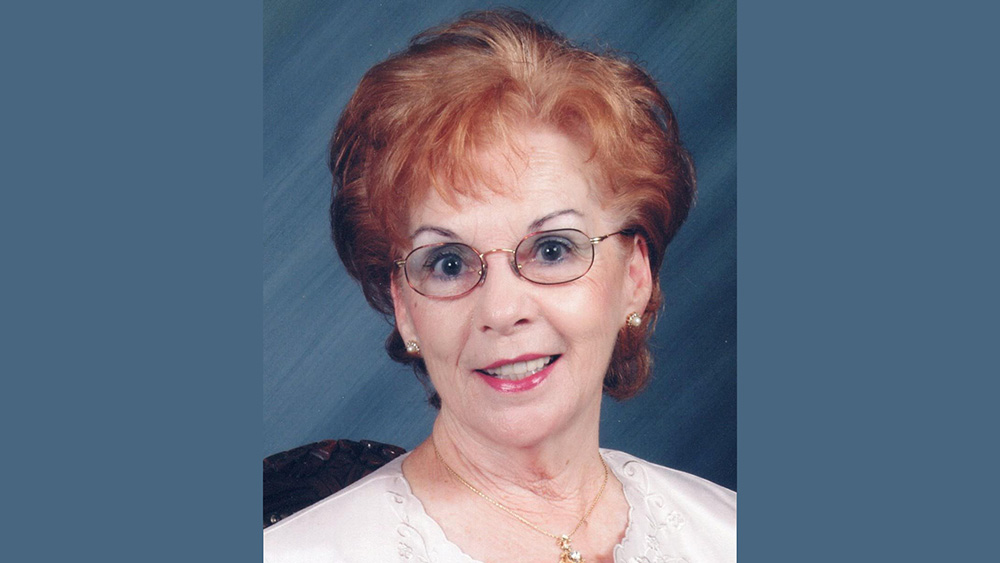LITTLE ROCK — Arkansas waterfowlers received some good news recently. Mallards showed an increase of 8 percent in the May breeding population survey over last year’s count in the northern U.S. and Canada breeding areas, according to the U.S. Fish and Wildlife Service’s Waterfowl Breeding Population and Habitat Survey released late last month. Before everyone gets too excited, though, the count of 6.6 million mallards in the breeding grounds was still 16 percent below the long-term average, and dry conditions early in the waterfowl breeding season led to many birds overshooting the traditional pothole breeding grounds, where most mallards nest.
“Overall it was good news compared to what a lot of people are expecting for how dry the prairies were. But luckily we did get some rain, particularly on the southern part of the prairie pothole region, which definitely helped out,” Brett Leach, the Arkansas Game and Fish Commission’s waterfowl program coordinator, said. “(The rainfall) was somewhere about average in the north-central U.S., and then up in Canada it’s still pretty dry up there when they were doing their surveys.”
Overall total duck numbers remain down from their long-term average, but the total estimate jumped 5 percent over last year’s count. The nearly 34 million ducks estimated is 4 percent below the long term average. Some individual species such as pintails and blue-wing teal took a dip in numbers. But American widgeons soared by 55 percent over last year’s numbers, and green-winged teal were 20 percent higher than 2023 and 33 percent above the long-term average.
The survey, according to the USFWS, has a 90 percent confidence factor.
The federal agency has collected data on waterfowl populations through annual surveys for nearly 80 years. The annual Waterfowl Population Status Report summarizes the most current data and estimates on the breeding population and habitat conditions of most North American duck species, several populations of geese, tundra swans and the American coot. Aerial crews operating transect surveys — similar to what the AGFC uses three times a year in its in-season waterfowl surveys of the state — and ground crews backing up those aerial counts, survey about 2 million square miles of the U.S. and Canada.
The historic Waterfowl Breeding Population and Habitat Survey is also referred to as the B-Pop, or Breeding Population Survey, or May Survey (though surveying continues into June). The USFWS, which coordinates the survey in collaboration with the Canadian Wildlife Service, says it has evolved into the largest and longest-running survey in the world.
How that count of ducks and geese will matter for Arkansas hunters beginning with the nine-day late October/early November white-fronted and lesser goose hunting season and the 60-day duck season opening Nov. 23 depends on many regional factors.
“Obviously this last year, it started off very dry here and for most of the duck season, so it’s really going to depend on habitat we’re seeing down here for the number of birds we end up seeing,” Leach said. “And the (B-Pop) itself, it’s only looking at the breeding population.”
The upper U.S. received significant late spring rainfall to give migrating ducks some actual wetlands in which to settle and breed. Leach says that this led to good renesting numbers that helped boost the overall count and it aids in brood survival. Migrating birds that saw dry conditions and overshot the traditional breeding grounds and flew further into the Boreal Forest region, he added, may have nested or didn’t attempt to nest this year, however. About 50-80 percent of ducks are produced in the prairie pothole region, especially mallards, pintails, blue-winged teal and gadwalls.
“We’ve just seen a cycle up there of being on the drier side the last couple of years,” Leach said. “We can expect that, though; we had been in a wet cycle. So, it’s expected. It’s not always a bad thing when they do go dry because that ends up making those wetlands even more productive once we start getting water back on the landscape.”
The drier conditions across the landscape definitely have been felt in Arkansas the past three duck seasons, too. Ducks need good habitat — water coverage across the landscape — as a reason to stop here on their migration. Leach is keeping his fingers crossed for perhaps a wetter late fall.
“If I had to guess, it’s going to really depend on what habitat conditions are looking like down here and what we get for rain. Obviously it’s been pretty dry for a little while now this year. If we get water across our landscape down here, I would expect to see more birds overall. Populations did increase from last year, so if we can get some of that habitat a little bit earlier, I think we’ll see a decent number of birds.”





